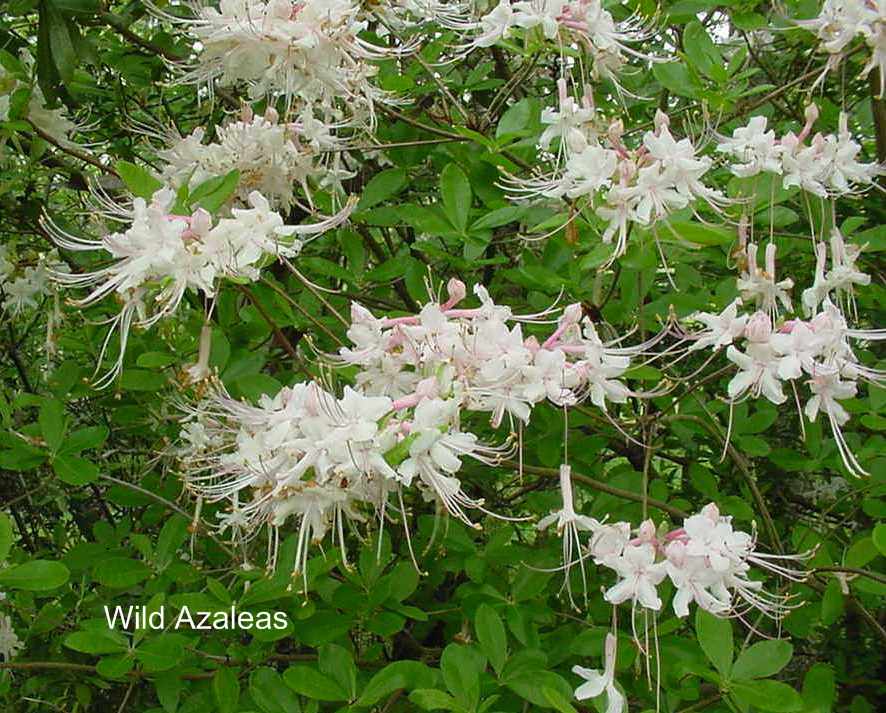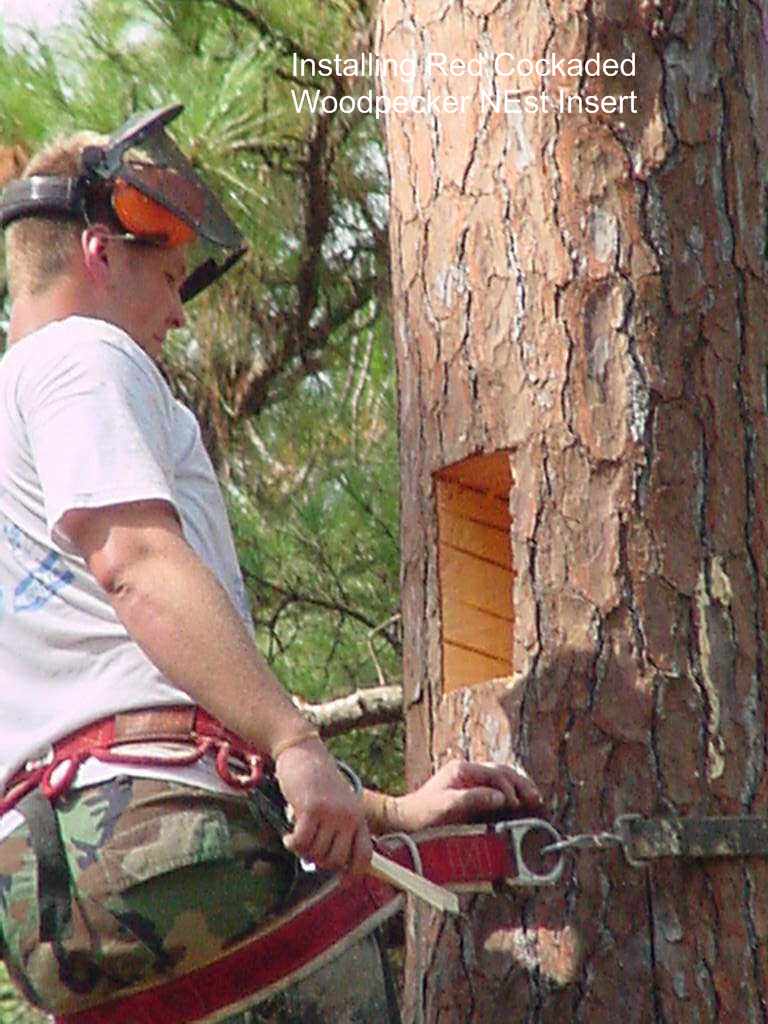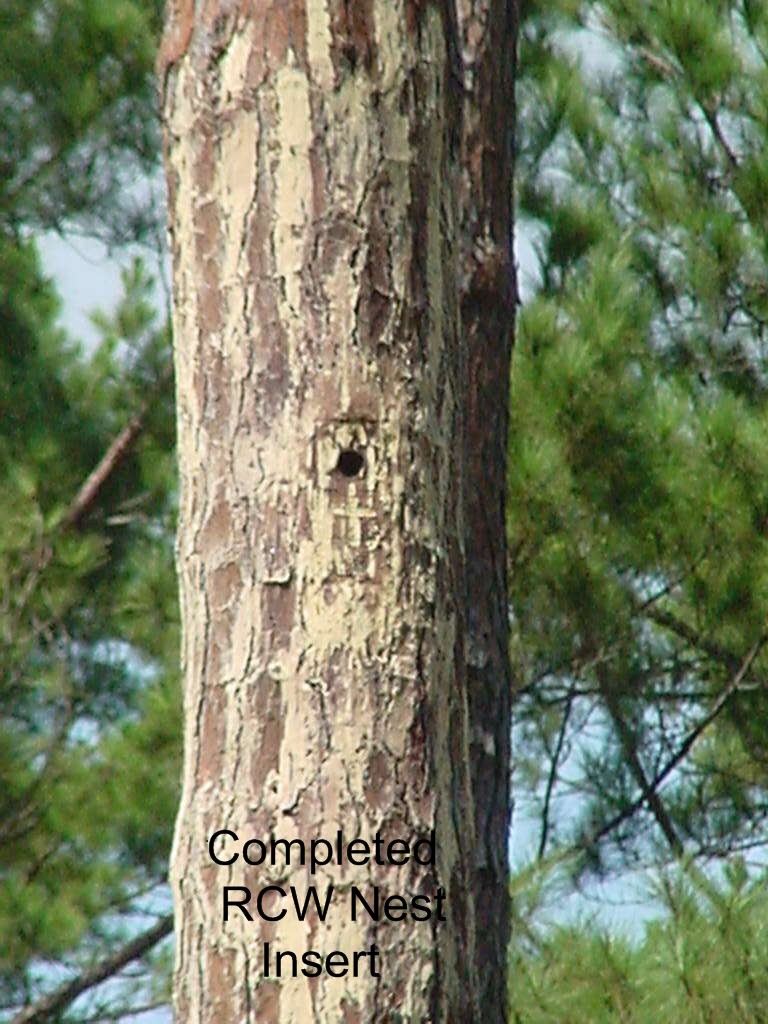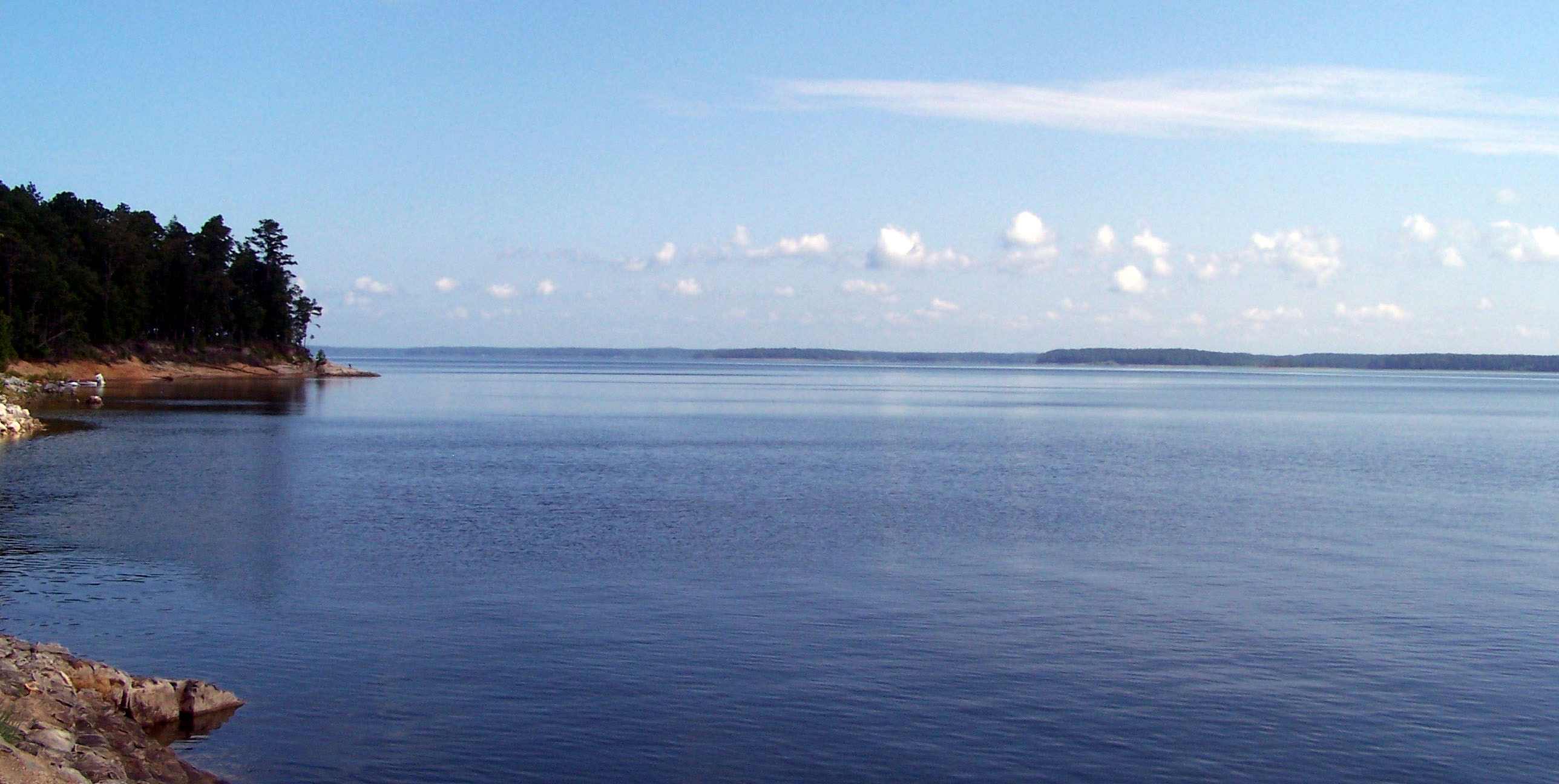Fort Worth District
Lakes and Recreation Menu
Natural Resources
Natural Resources Overview
(Click on photos to view
a larger image)
In addition to managing the tremendous water resource and its associated hydrological and recreational resources, Sam Rayburn
Army Corps personnel manage numerous other natural resources: forests, wildlife,and cultural, to
name a few.

The management of non-water related resources must of course depend upon associated vegetation. At Rayburn the typical East Texas Pineywoods cover types abound, including pine uplands, terraces, and lowlands, bottomland hardwood, pine-hardwood mixtures, and occasional open areas supporting native and introduced grasses. However, because this is a man-made reservoir, some of the naturally occurring ecosystems and their associated cover types are changing somewhat. In any case, great diversity of biological communities exist. This fact is especially evident in the abundance of vegetative types. Lowlands contain aquatic grasses, buttonbush, elm, sycamore, sugarberry, baldcypress, overcup oak, tupelo, water hickory, green ash, swamp chestnut oak, and sweetgum. Terrace lands support loblolly and shortleaf pine, blackgum, beech, magnolia, holly, sweetgum, red oak group, white oak group, and various hickory species. Upland types predominantly consist of longleaf and shortleaf pine, along with occasional upland oak and hickory species mixed in. Shrub species include yaupon, waxmyrtle, dogwood, sparkleberry, and various viburnum and hawthorn species. Grass species found in open areas include bluestem, bermuda, and introduced Pensacola Bahia Grass. Shrubs, dewberry, blackberry, greenbriar, and various vine species proliferate around edges of fields or openings created by blowdowns or Southern Pine Beetle infestations. In summary, lands lying above the normal Reservoir pool level are predominately forested and are managed accordingly.
Wildlife Management at Sam Rayburn fits “hand in glove” with the management of forest resources. Neither one is undertaken without consideration for the effects upon the other. If done correctly, both forest and wildlife resources benefit from prescribed management actions. As a general rule mixed vegetative cover is more beneficial for most wildlife species than are the more homogenous cover types. Therefore management activities are almost always planned with greater diversity as a goal. Game wildlife species prevalent at Sam Rayburn include white-tailed deer, gray squirrel, fox squirrel, swamp rabbit, and cottontail rabbit. Fur bearers include otter, mink, raccoon, bobcat, red fox, gray fox, opossum, nutria, beaver, and eastern skunk. Upland game birds include Bob White quail, mourning dove, wild turkey, and American wood cock. Numerous species of game ducks and geese also frequent the habitat at Sam Rayburn. Among these are: mallard, wood duck, American widgeon, gadwall, pintail, blue and green-winged teal, scaup, redhead, canvas back, ring-billed duck, Canada geese, snow geese, and blue geese. Non- game birds include warblers, hawks, bald eagle, osprey, herons, egrets, sandpipers, owls, sparrows, finches, flycatchers, vultures, crows, woodpeckers, and common loon. Several poisonous snakes should also be mentioned, although the only active management performed on their behalf is avoidance! These are coral, timber rattler, pygmy rattlesnake, cottonmouth, and copperhead.






